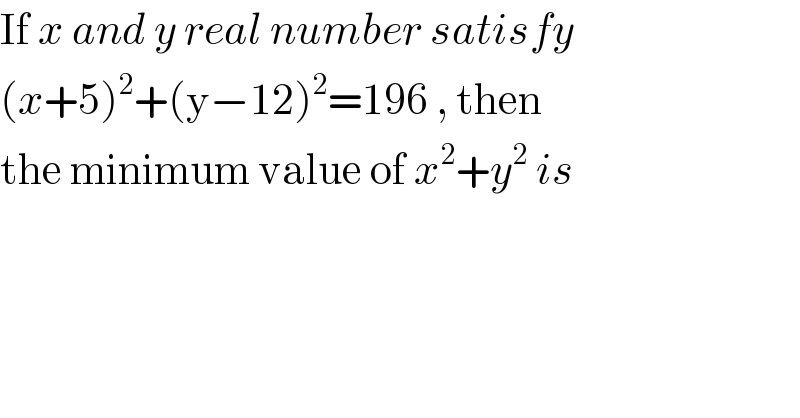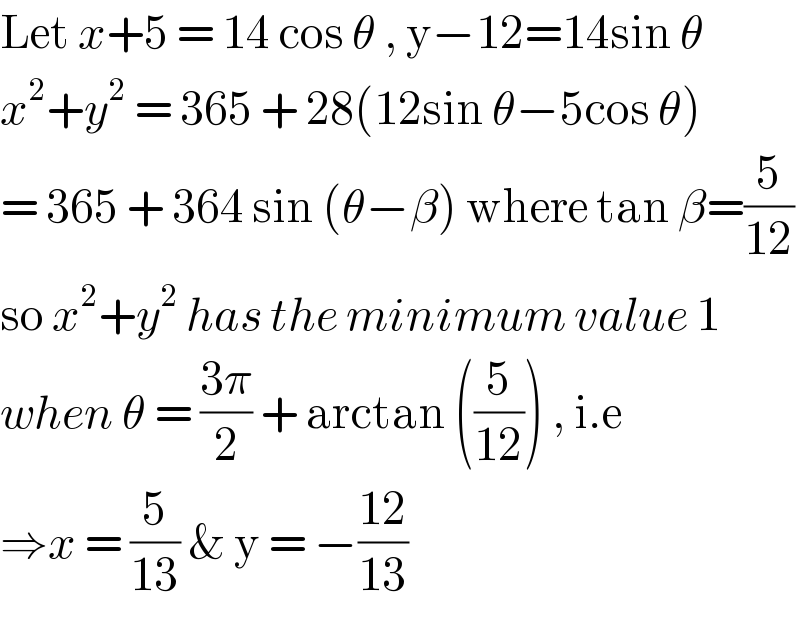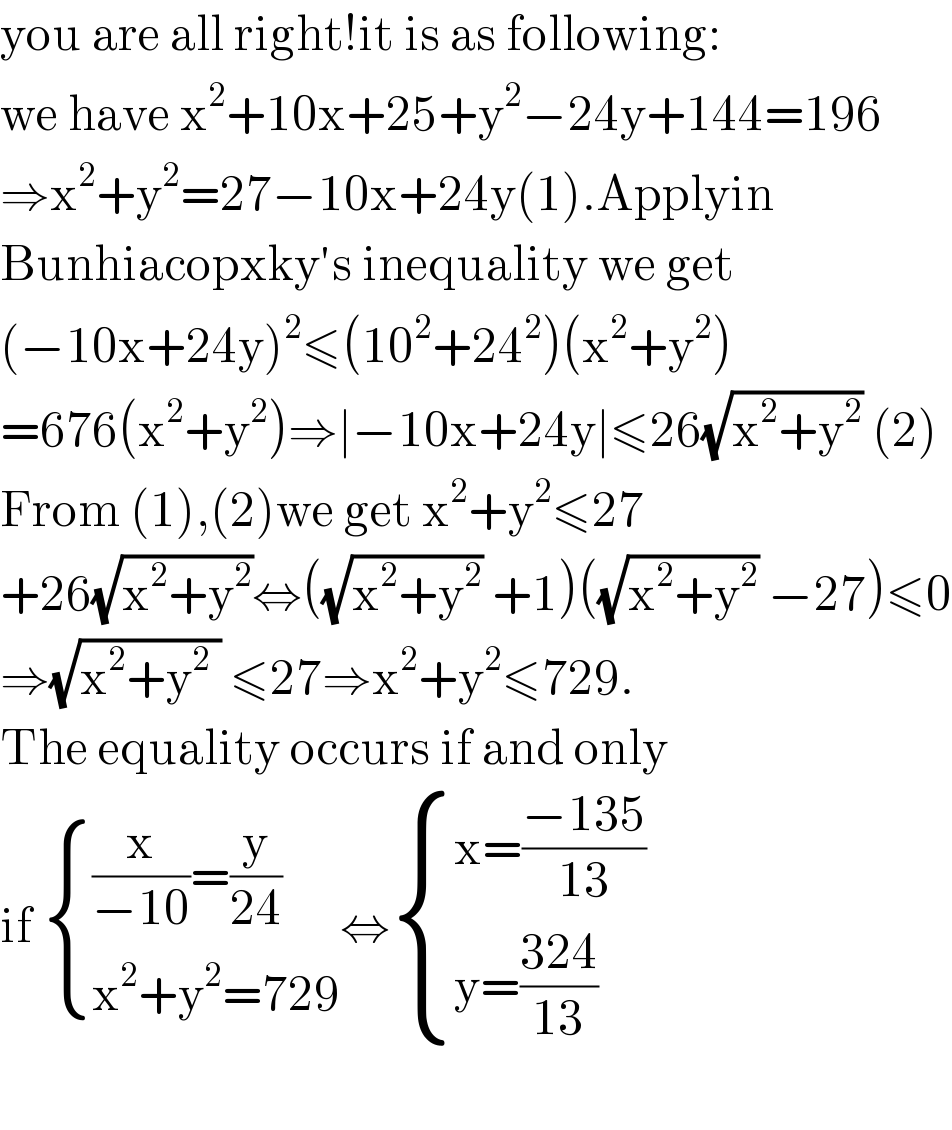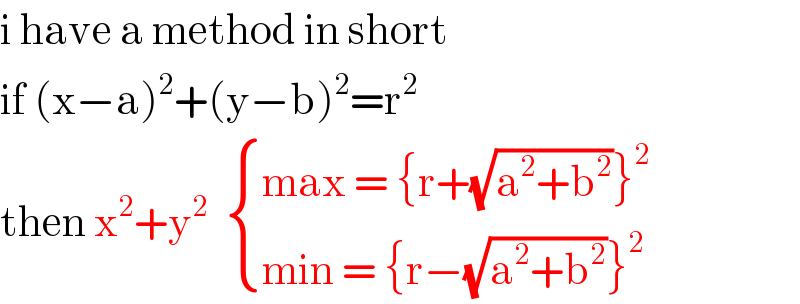
Question and Answers Forum
Question Number 96500 by bemath last updated on 02/Jun/20

Answered by bobhans last updated on 02/Jun/20

Commented by bemath last updated on 02/Jun/20

Commented by 1549442205 last updated on 02/Jun/20

Commented by MJS last updated on 02/Jun/20

Commented by bobhans last updated on 02/Jun/20

Commented by bobhans last updated on 02/Jun/20

Commented by 1549442205 last updated on 02/Jun/20

Answered by john santu last updated on 02/Jun/20

Commented by bobhans last updated on 02/Jun/20

